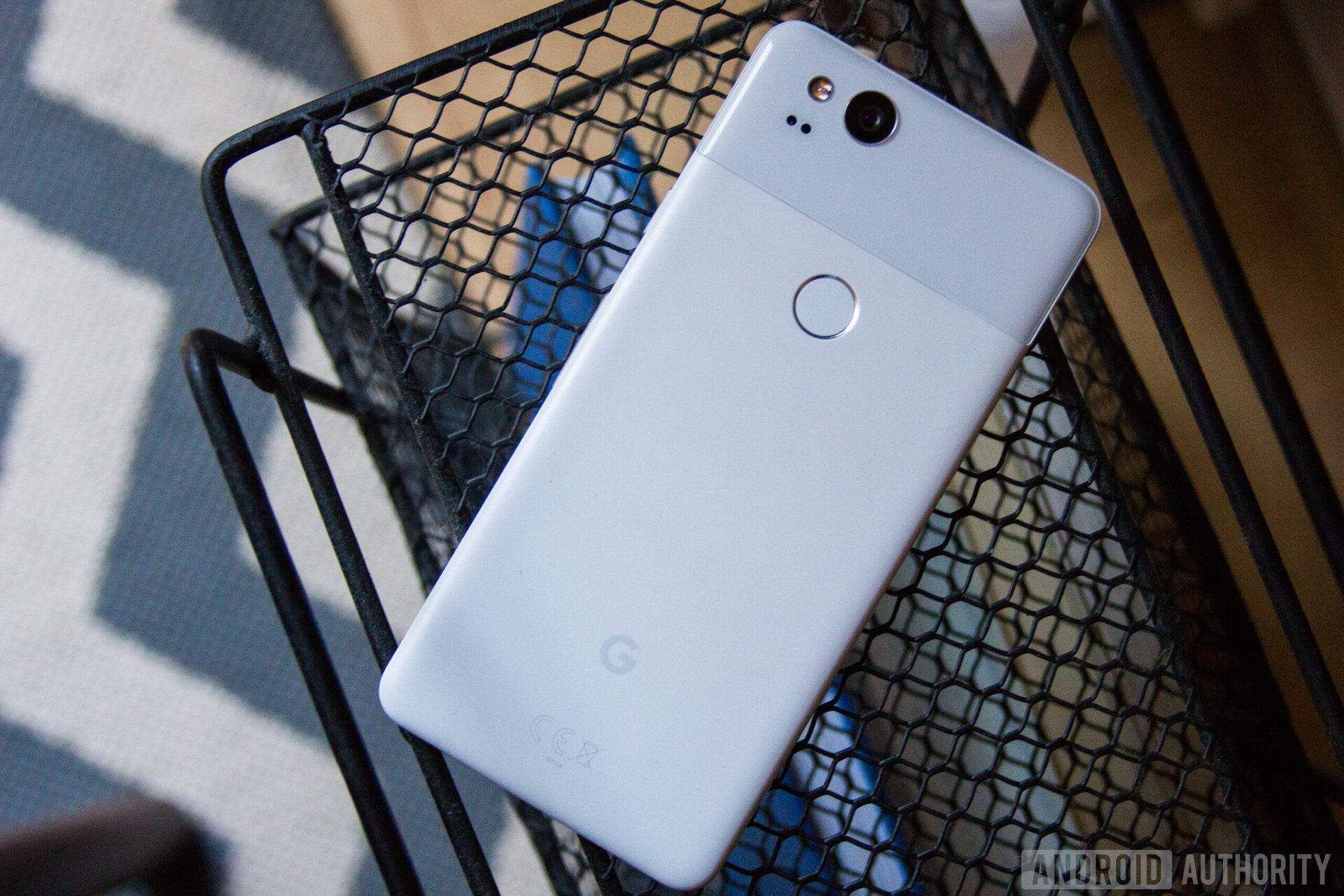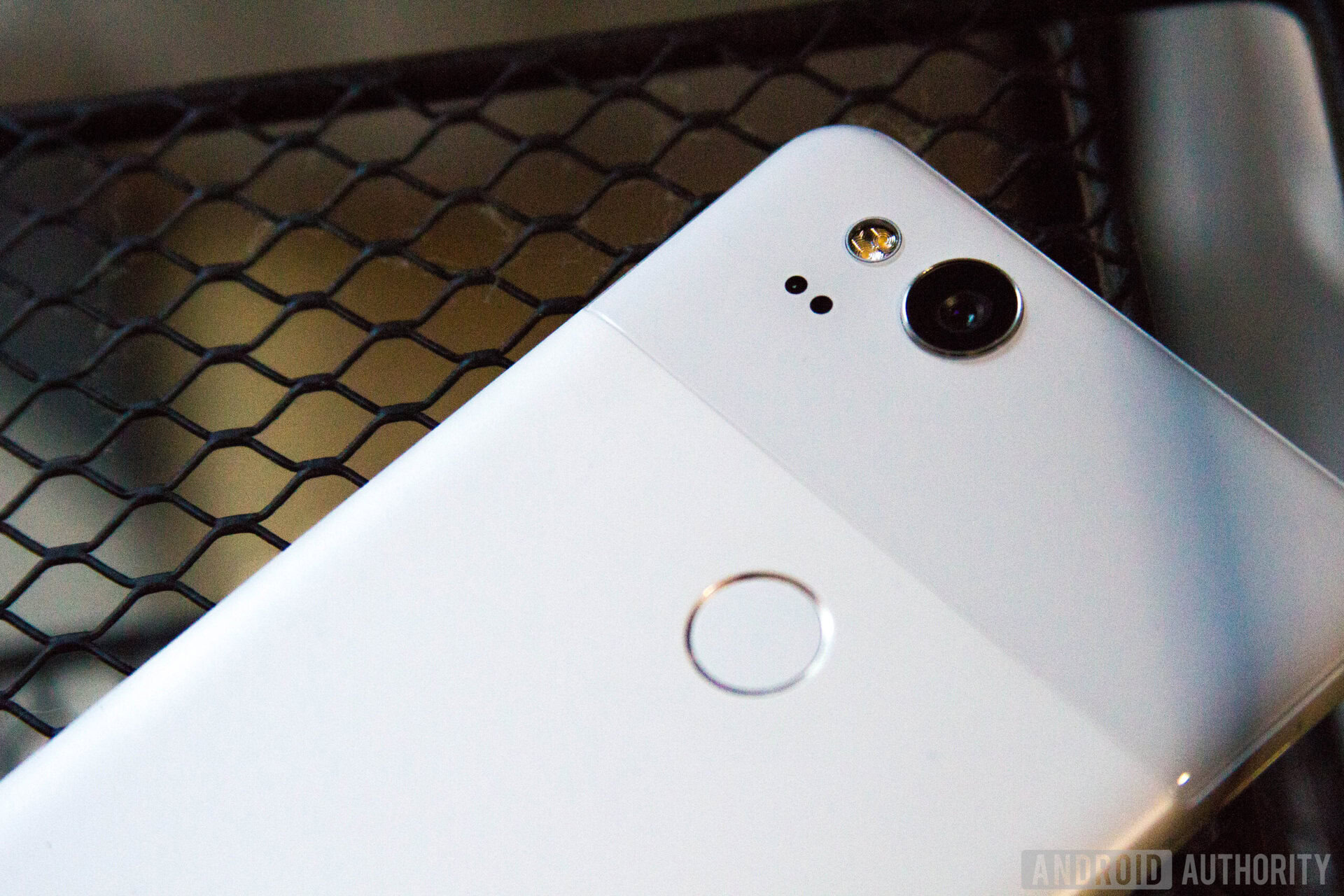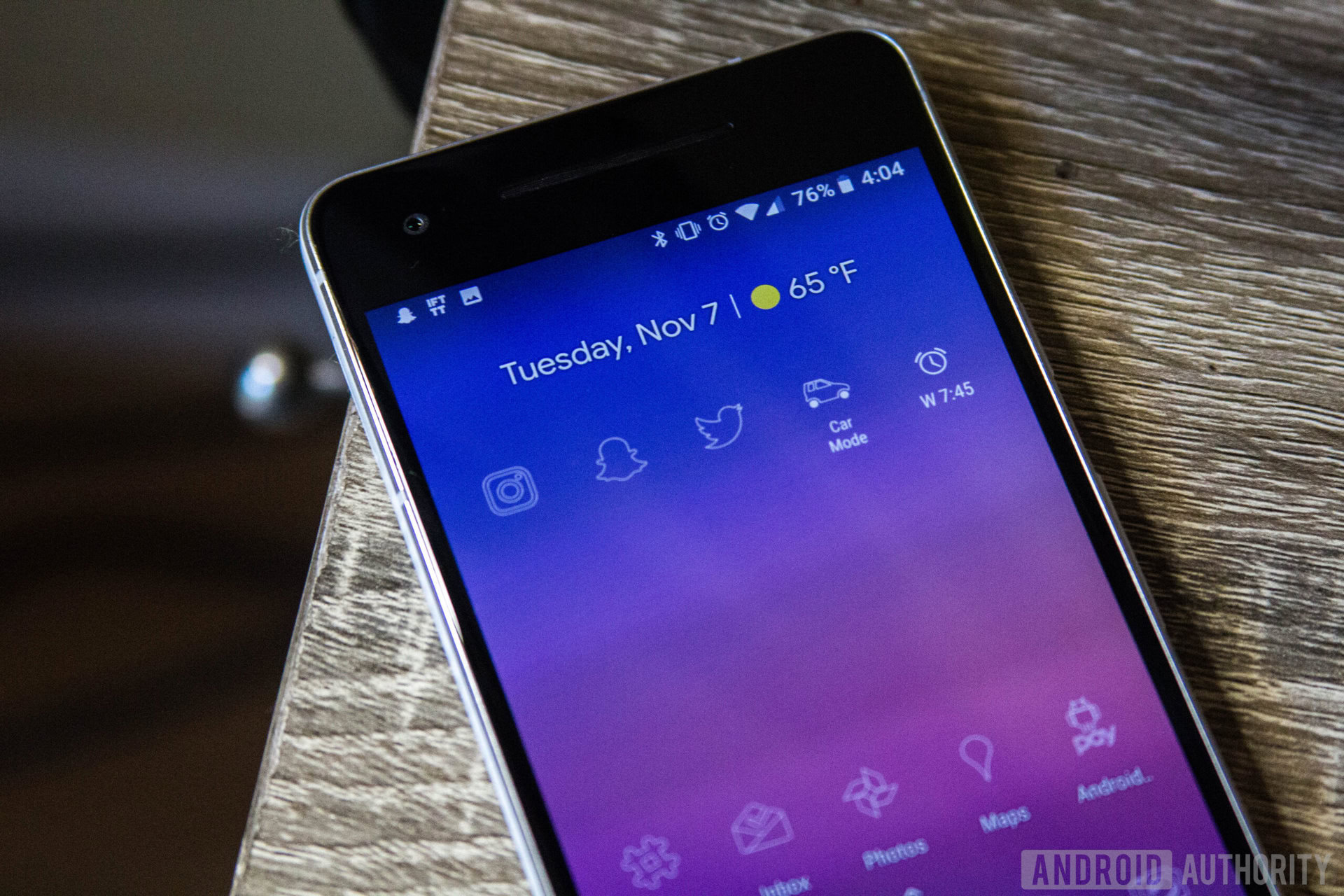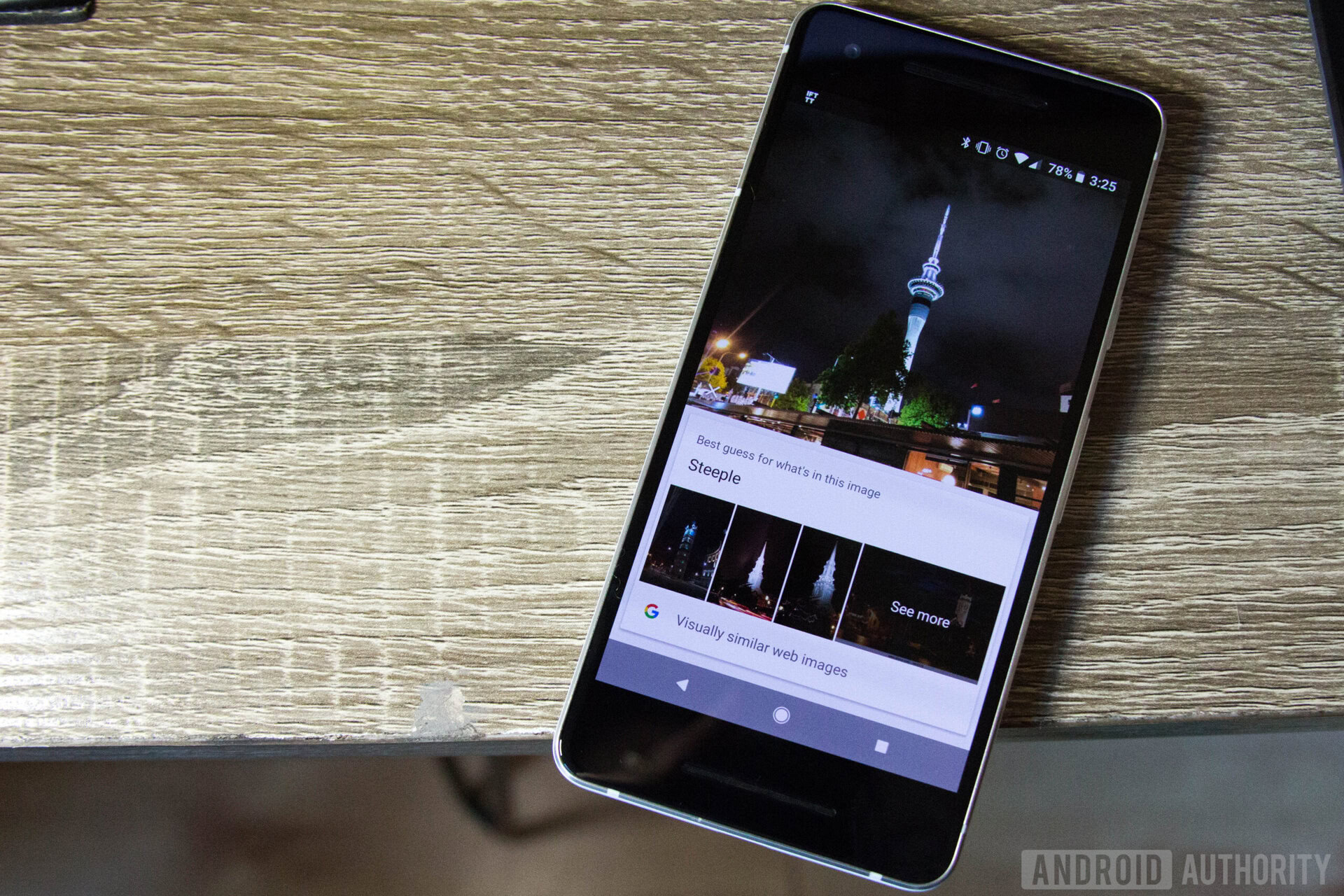Affiliate links on Android Authority may earn us a commission. Learn more.
The Pixel 2 is the Android experience everyone deserves

If you’re judging the Pixel 2 launch on headlines alone, you’d probably think it was a flop. But when you’re immersed in either of the new phones, it’s an entirely different vibe.
I’ve been using the Pixel 2 for a few weeks now, and I don’t plan on switching for a while. This is the best Android experience for everyone; its spectacular rear camera, simple and modern design, and Assistant-driven features are examples of why Google’s made it worth wielding.
Let’s gush about the camera first

Simply put, the camera is the best part of owning a Pixel 2
Simply put, the camera is the best part of owning a Pixel 2. I remembered being impressed with the Pixel XL last year, but the Pixel 2 has managed to exceed expectations. Unlike the Galaxy Note 8 there’s more dynamic range in each shot with the Pixel 2, making it easy to take the result into a photo editing suite to tweak further.
The photos below are cat portraits I shot during my week with the Pixel 2 XL, which I used while I waited for the Pixel 2 to arrive (both devices have the same rear-camera hardware). The Galaxy Note 8 sample on the left looks as if it has blown out highlights in the photo, while the Pixel 2 XL’s end result appears bolder and more balanced. I also like that I can zoom in and see the finest hairs of cat fur on the Pixel 2’s photo sample, where they’re a bit fuzzy in the Note 8’s composition.
And what about those Motion Photos? They’re so neat. I’ve been saving mine as quick-second videos to post to Twitter and Instagram Stories. They’re a dynamic way to relay the little details of your day. I also just appreciate the way that they capture memories for me. Imagine a year from now when I have a bigger library of motion photos stored up; I’ll be able to flip through photos and then long-press to quickly experience the moment. Memories are the only things we carry with us through the ages, and I value the role that my mobile device plays in helping me at least attempt to digitally archive them.
Motion Photos are a Pixel 2 and Google Clips exclusive feature for now—or rather, they can only be made with those two devices at present. As a reason to try Google’s smartphones, its a sweet “carrot” of sorts for skipping out on what Samsung and LG are offering. I also like that Motion Photos are shot with the fidelity of the Pixel 2’s 12-megapixel camera so that they’re as well-produced as any other photo I shoot with the aid of the camera’s f/1.8 aperture.
Hey, it’s a nice phone

While I was impressed by the pearly orchid gray back on this year’s Galaxy S8, and the curvature of the LG V30‘s chassis design, there’s something to be said about the way stock Android looks and operates on a Google-designed smartphone. From the Pixel Launcher’s weather font— Google calls it Product Sans—to the easy-launch application drawer, there’s a beautiful uniformity to the operating system, especially paired with the Pixel 2 and Pixel 2 XL’s clean exterior lines.
There are admittedly some things about the interface that seem to still be under construction—the Google Assistant feed surfaces the wrong information at the wrong time more often since its switch to the new feed—but Google has more or less managed to create near-perfect cohesiveness between device design and software. I’d even go as far as to say it’s pretty Apple-like, and I love it. I love feeling rooted in the Android foundation.
The power of Google Assistant

Have you met my Google Assistant? It lives inside the Pixel 2, and all I have to do to conjure it up is long-press the Home button (or use a voice command or squeeze gesture). Think of it like a genie, except that you don’t have to worry too much about whether you’re rubbing the bottle the right way.
Google Assistant isn’t exclusive to the Pixel line of devices. You can find it on other Android-based devices, smart speakers like the Google Home, and even the iPhone. There are subtle facets of its API integrated into other aspects of the Pixel 2 that are pretty cool, though. For instance, while the Now Playing ambient display might seem superfluous compared to everything else Assistant can do, I like glancing down every once in a while to identify the music quietly piping through my ears. Remember, that data isn’t pulled from the cloud, it’s all locally stored on the Pixel 2 itself. There’s data for 10,000 different songs embedded inside in a mere 53MB file.
The real Achilles’ Heel of Google Assistant at the moment is Google Lens. I don’t understand its usefulness in my daily life just yet, and it doesn’t help that when I use it to query inside Google Photos, the result is usually off. I asked it to identify a photo of the Sky Tower in Auckland, New Zealand, and it somehow surmised that the more pertinent information to display is that it’s categorized as a steeple. That’s a far cry from the demonstration put on at Google I/O 2017, where we saw that Lens could automatically connect to Wi-Fi simply by snapping a photo of a password. With Google, there’s typically an air of “beta” hovering around its products, and perhaps it’s that lingering sensation which keeps people doubting the company’s ability to “make it on its own” as a smartphone vendor.
One of the best smartphones of the year
One thing I didn’t mention in the beginning is that this is my first time using a display under 5.5-inches since the Galaxy S6. The Pixel XL was perfect for the year I used it, but I consistently found that it would always be just a bit big for my jacket pockets and clutch purses. As a tech-consuming individual, I appreciate that Google decided to launch two sizes of its flagship device, the way Samsung and Apple have. I especially appreciate that I’m not asked to compromise on extra features, like portrait mode and water resistance, just because I wanted to spend less on the smaller version.
It’s only been a few weeks with the Pixel 2 as my daily driver, but I’m thoroughly enamored. In addition to its pocketable size, it’s a Google-designed smartphone with the power of Google’s artificial intelligence presented in a way that’s useful to anyone, regardless of technical expertise. I much prefer this friendly implementation of Android. It’s almost as if this is the way that Google had intended for it to be all along.